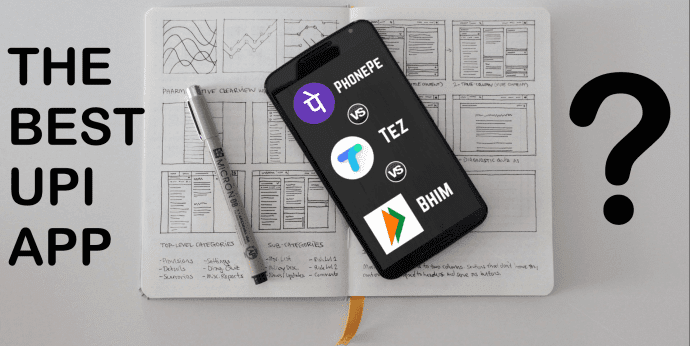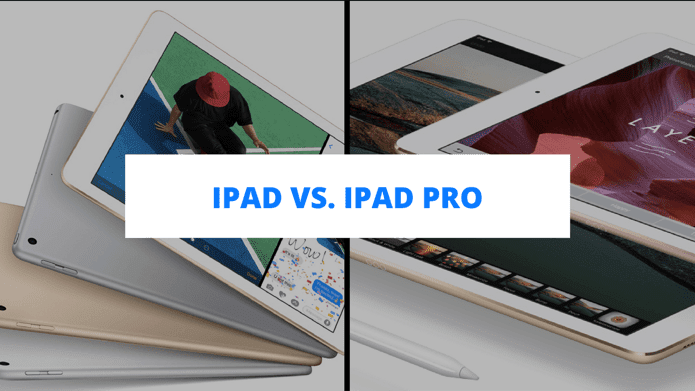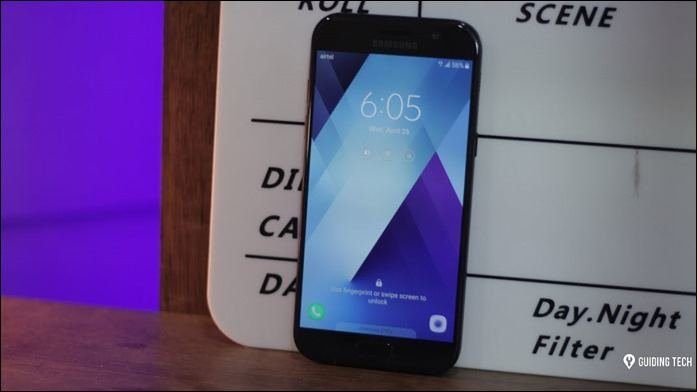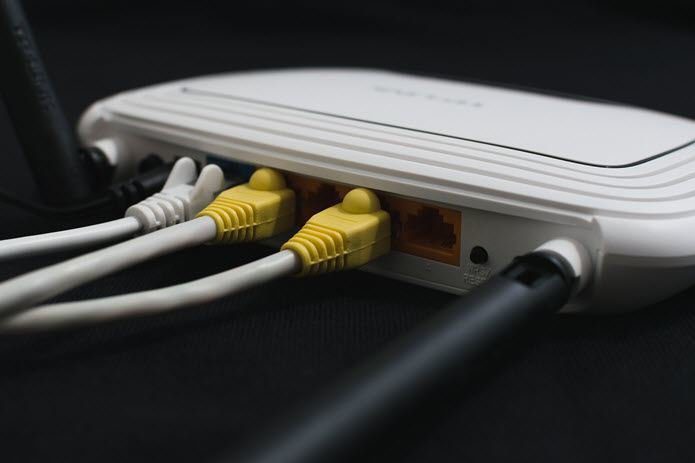From big retail outlets, restaurants to even small footpath vendors, everyone is embracing the likes of Paytm & Mobikwik. The Government is also in full steam, doling out incentives such as lucky draws and cash backs for promoting digital payments. Today in particular we will see what are the different online payment methods at hand and the distinctions between them.
The Diverse Options
Today if someone wants to transfer money, he or she has got plenty digital options. One can use NEFT for payments up to 2 lakhs, IMPS provides a 24×7 service or the newly introduced UPI for those who can remember @-addresses easily than numbers. But whats the difference between them? The myriad options available are confusing enough and with names like AEPS, BHIM & RTGS they are not making it any easy. We will start by getting to know what are all the different options available for getting money from point A to B, digitally. Apart from the above there is mVisa for VISA cards, Moneysend for Maestro/Mastercard cards & properity eWallet solutions like Paytm, Freecharge & several more. But the above six are the official ones operated by National Financial Corporation of India, a government body for developing, maintaining & monitoring digital payments in India. Out the six, NEFT and RTGS are the earliest operating services from early 2000s. IMPS was introduced in 2011, AEPS in 2014 and UPI recently in 2016. So lets see the details & differences of each one.
The Differences: NEFT vs RTGS
Out of all the six services, NEFT & RTGS are the earliest ones and also the backbone for other digital transfer methods. Many of the other services like IMPS & AEPS rely on RTGS which is used for net settlement between banks at the end of the day. The whole backend functioning is quite complex so I will leave that out of the picture. If you are interested to know more you can head over to the NPCI site. The below image gives the differences between the two. For the asterisks, NEFT transactions can sometimes get delayed due to batch processing or if the entry is made beyond the time cut-off, in which case it will be remitted the next day. On the other hand RTGS transactions are processed individually and so they get remitted instantly. But both these have drawbacks. First, you need to be registered for Internet Banking with your bank(in case if you don’t want to visit the branch). And second you need the IFSC code of the receiver’s bank account. Both of these drawbacks can pose a problem for someone who is not that digitally well versed. Cool Tip: Still hunting for Cash? These apps help you find a loaded ATM near you.
The Differences: IMPS vs UPI vs AEPS vs *99#
IMPS: IMPS was introduced to aid small payments & transfers using phones through the Bank’s mobile banking app. This code is assigned to your account number-mobile number pair. This MMID is different for different accounts even if the same mobile number is registered for both the accounts. You can also send money using the old Account number + IFSC code combo. For availing the service you need to register with your bank for activating the mobile banking facility, upon which you will be allotted a unique MMID. Unlike NEFT & RTGS, IMPS works 24×7, even on holidays. AEPS: This facility is mainly aimed at rural locations, where people are not that digitally literate or literate at all. As per NPCI’s page, one can transfer money to the Aadhar number, linked to the bank account. AEPS has no app and works only through POS machines. Currently only a handful of Banks support AEPS and you will not come across it as it’s mainly for rural areas. *99#: This service, again aimed at rural populace, majority of whom don’t have Internet connectivity, works on GSM. It works on what is called USSD(Unstructured Supplementary Service Data). USSD is system which facilitates text communication between a mobile phone and application on Internet. It does not require any app or even internet connection. You can use the service by dialling *99#. And I say versatile because it offers transferring money by four ways, as shown in the comparison chart. You can even register for the service without visiting the bank, by generating your MPIN using the last 6 digits of your debit card+Expiry MM/YY & OTP sent to your mobile number. UPI: This is the newest service launched in 2016, again to push digital payments & banking. If you see the other methods, an account number/mobile number and some sort of code is required to carry out transfer. To address this problem, UPI relies on @-addresses which are memorable and it is not tied to any particular bank’s app. You can have more than one UPI addresses linked to same bank account. For example, I use Pockets from ICICI & Canara Bank’s Empower app. Both have a different UPI addresses tied to my Bank of Baroda account. The advantage of this that you are not locked with your Bank’s app which are not developed & designed by the best of developers. BHIM is, as you might have guessed it, a UPI app that is not tied to any particular bank.
Where do Wallets Fit into the Picture?
Wallets are whole other entity. They are like mini accounts in which you can add limited money and transact with others using the same wallet. Taking Paytm for example, anybody can sign up for one without any ID proof. You can add or transfer money from it but not physically withdraw it. Also wallets don’t require bank accounts. Banks also have their standalone wallet apps like State Bank of India’s SBI Buddy & ICICI Bank’s Pocket, which is more advanced and offers features such as a Virtual Debit card & Contact-less(NFC) payment.Currently you can load upto Rs. 20,000/- in a Non-KYC wallet. To increase this limit(to Rs. 1,00,000/-) you will need to scan and upload a ID & Address proof such as PAN card, Aaadhar card etc with the wallet service. Many of the wallets also allow you to transfer the money to a bank account by providing the account number & IFSC code. To sum it up, wallets are mainly used for small payments like bills, recharges or to a third party like a food vendor. In future a deeper integration between your bank account and wallet is likely to happen. Currently the advantage wallets offer other methods is that you don’t require a bank account to use one and tie-ups with various other merchants for cashback & discounts.
Closing Thoughts
We still have a very long way to go on the path to cashless economy. While demonetisation has given a boost, the effect is only felt in urban areas and cities. A large swathe of rural population still relies on cash. Digital Banking will penetrate rural areas only when proper infrastructure in place. Good network connectivity, cheap smartphones and apps simple enough to understand for someone who is limited-literate are necessary. UPI & BHIM are a step in a right direction but still they feel half-baked. Let’s hope the situation improves. If you have any thoughts or view please share with us through comments. Happy Spending!! The above article may contain affiliate links which help support Guiding Tech. However, it does not affect our editorial integrity. The content remains unbiased and authentic.





















